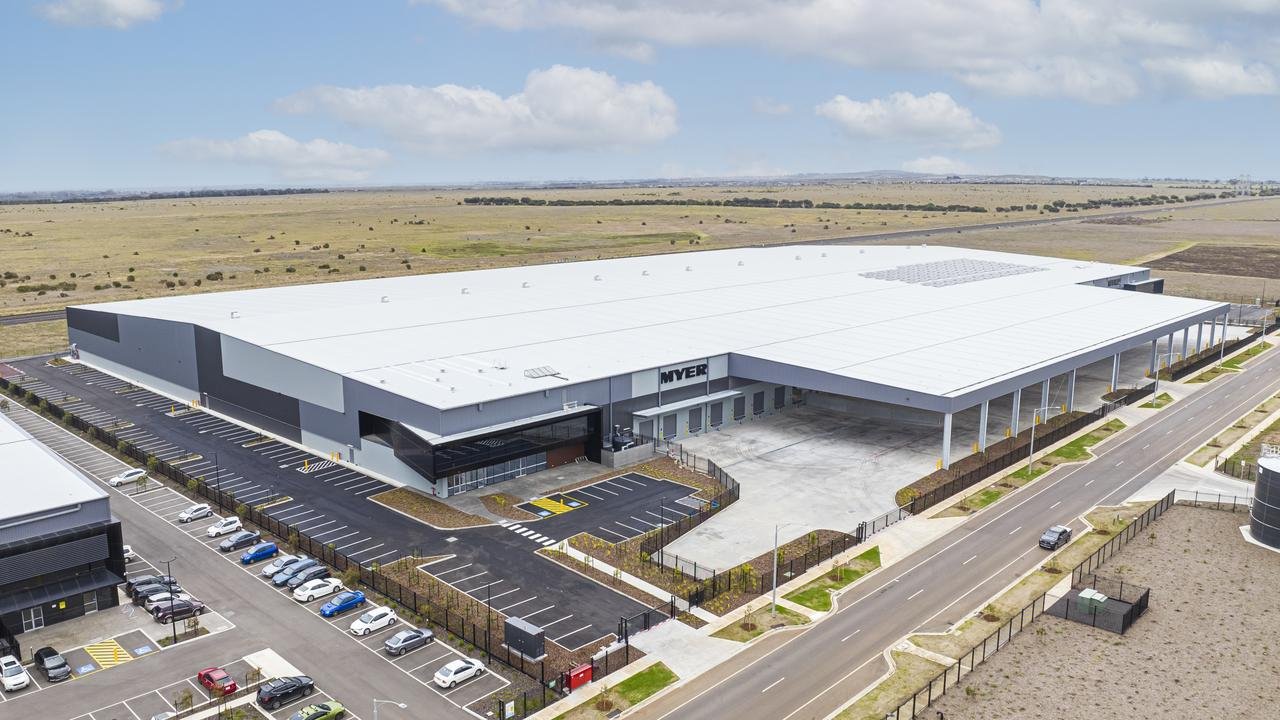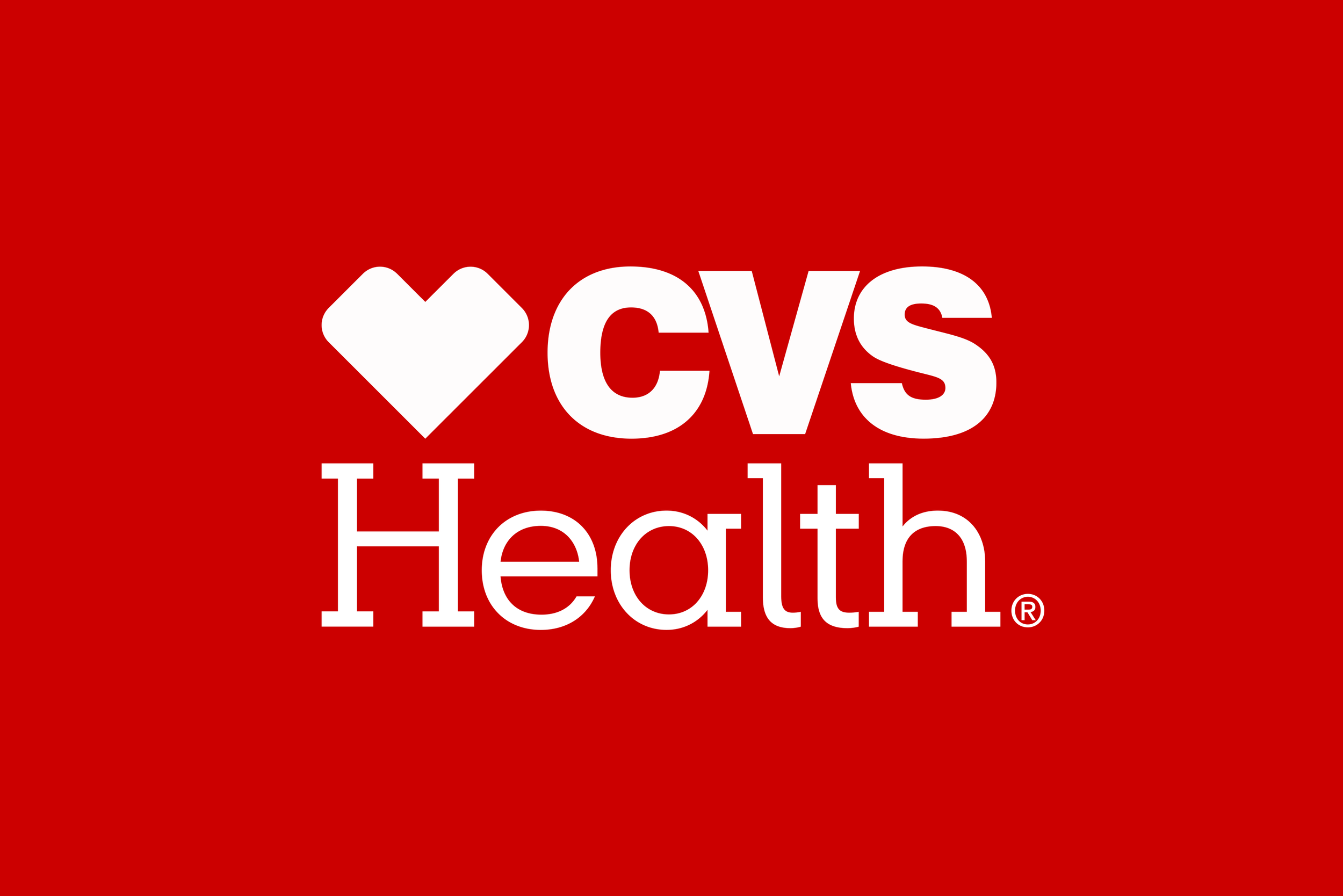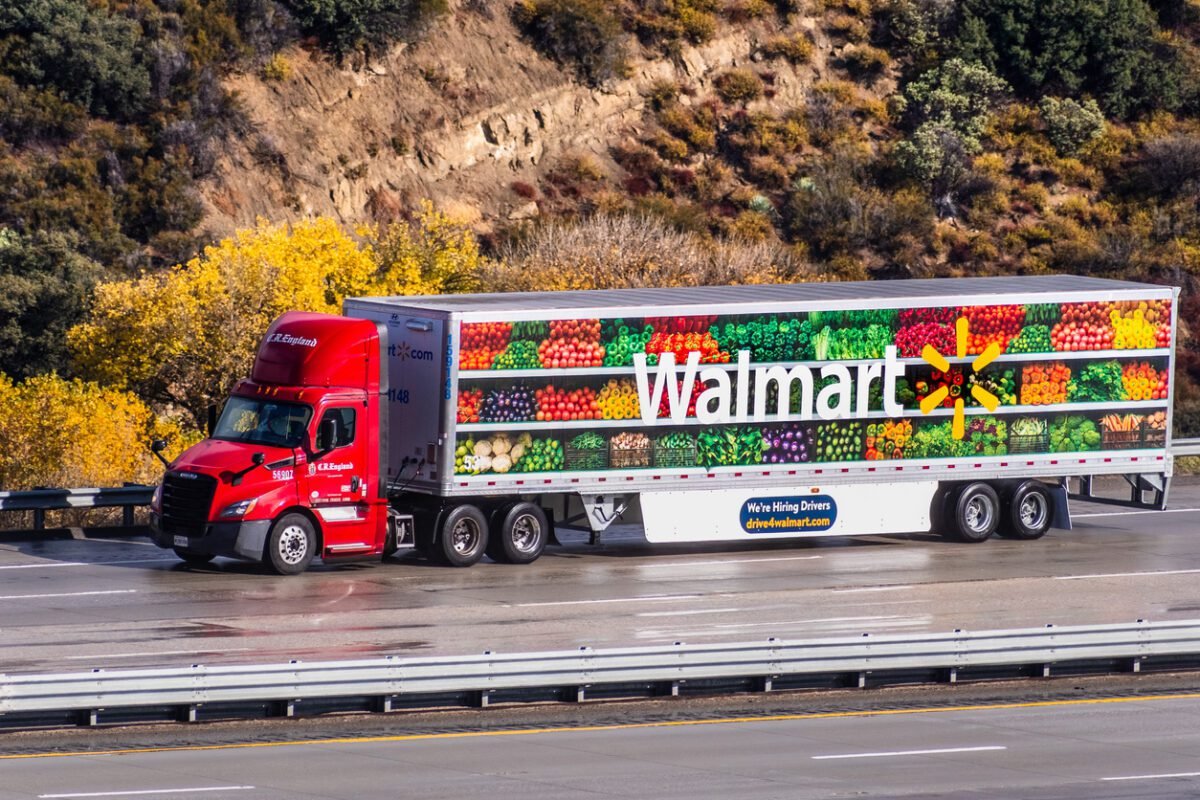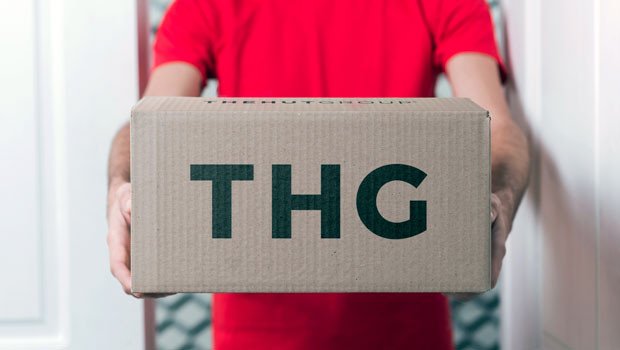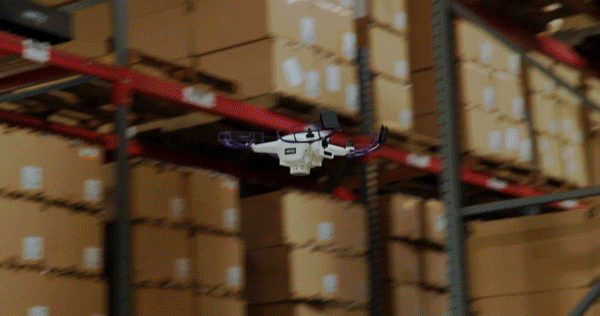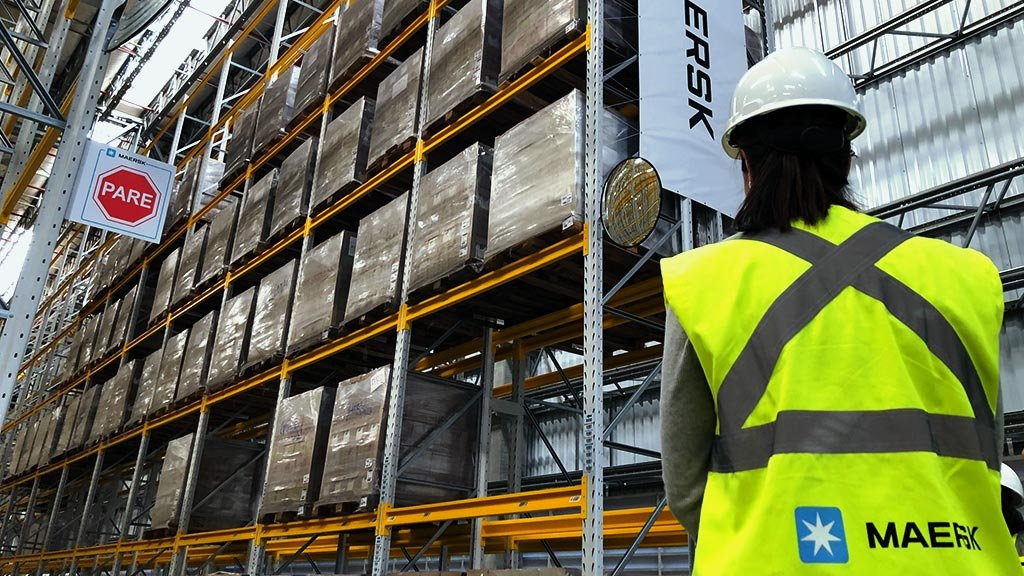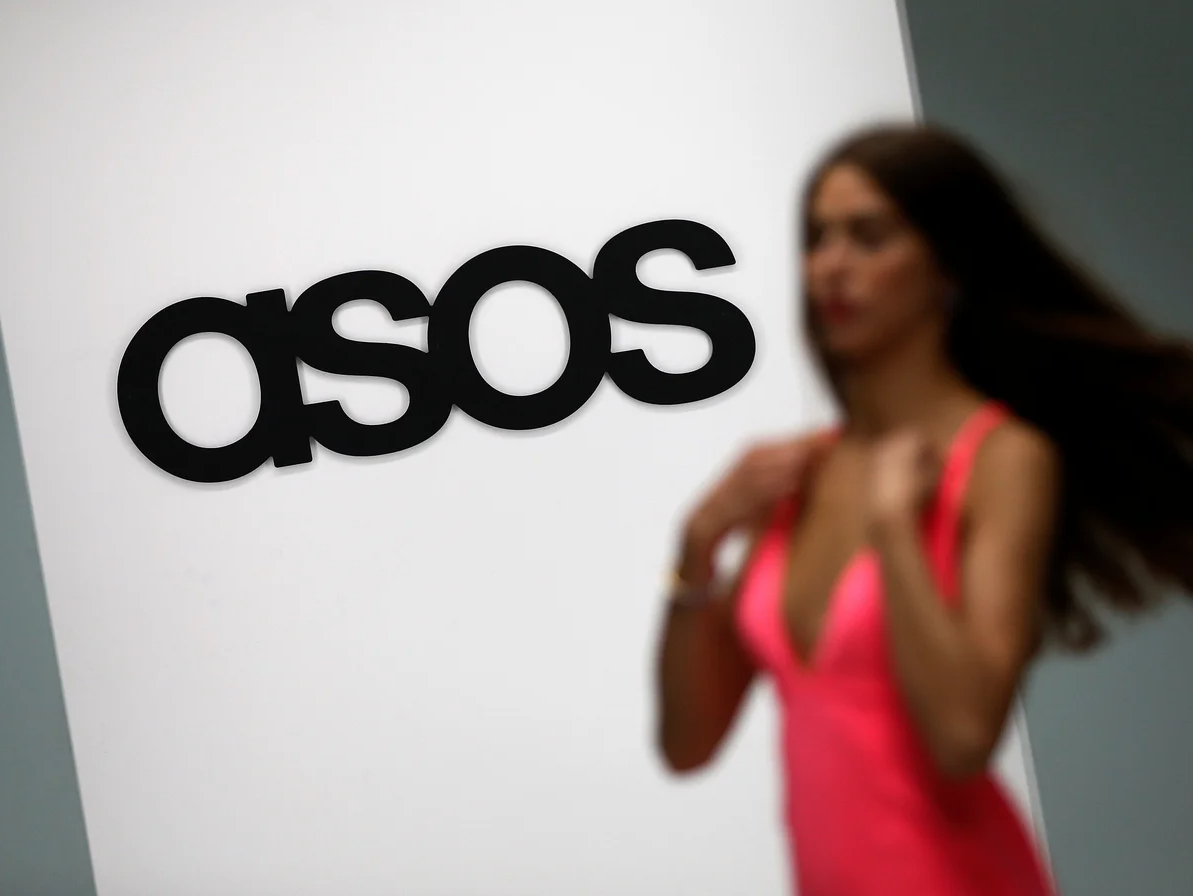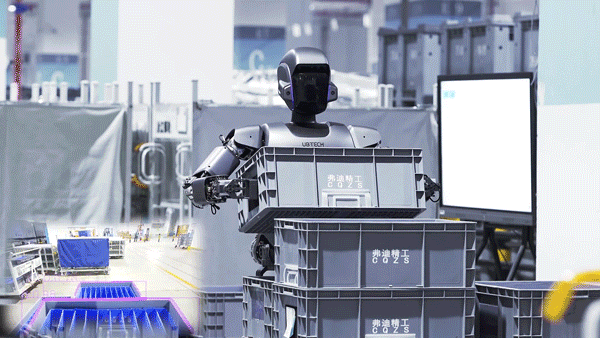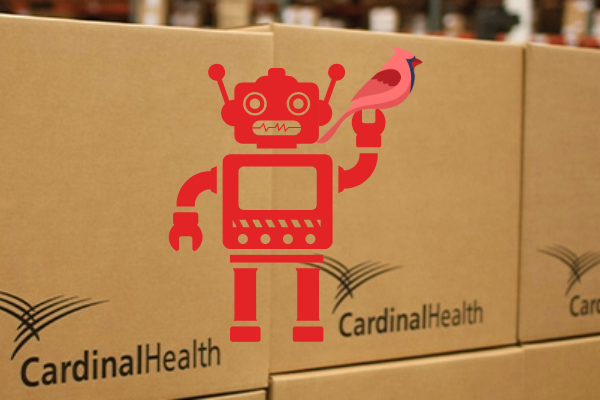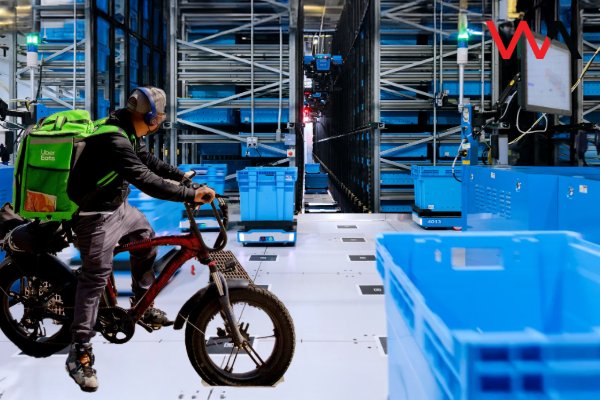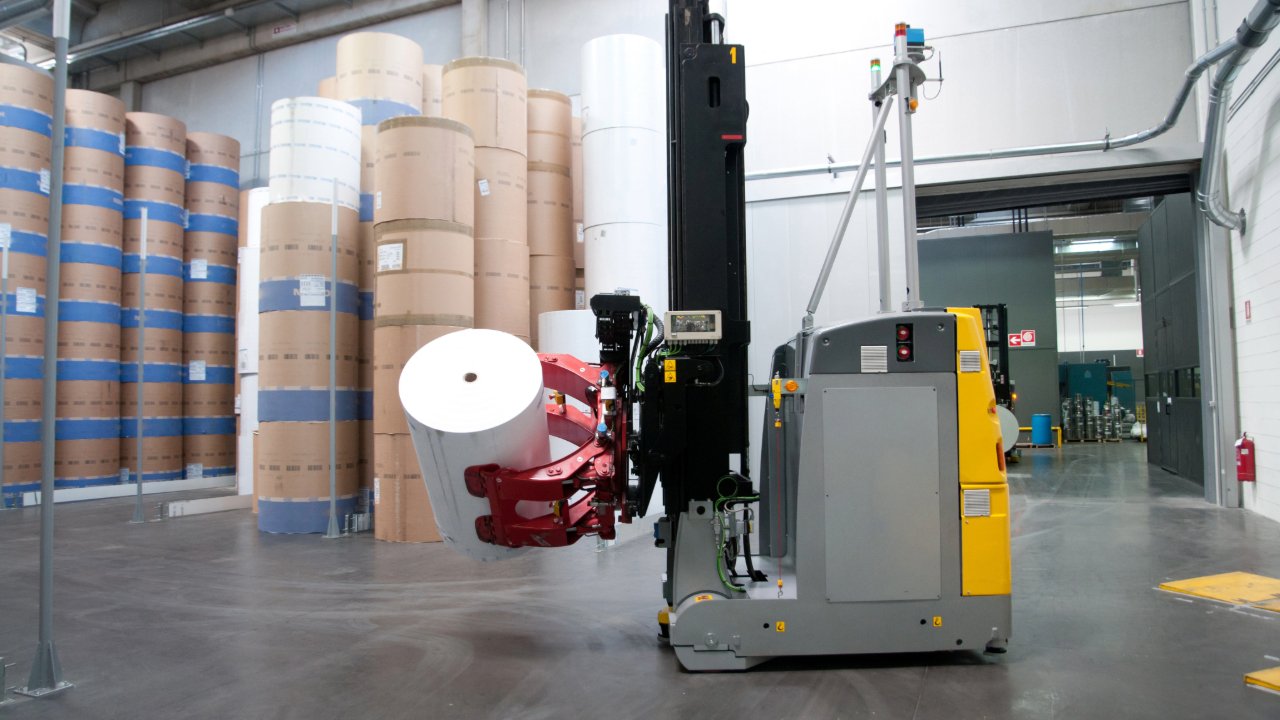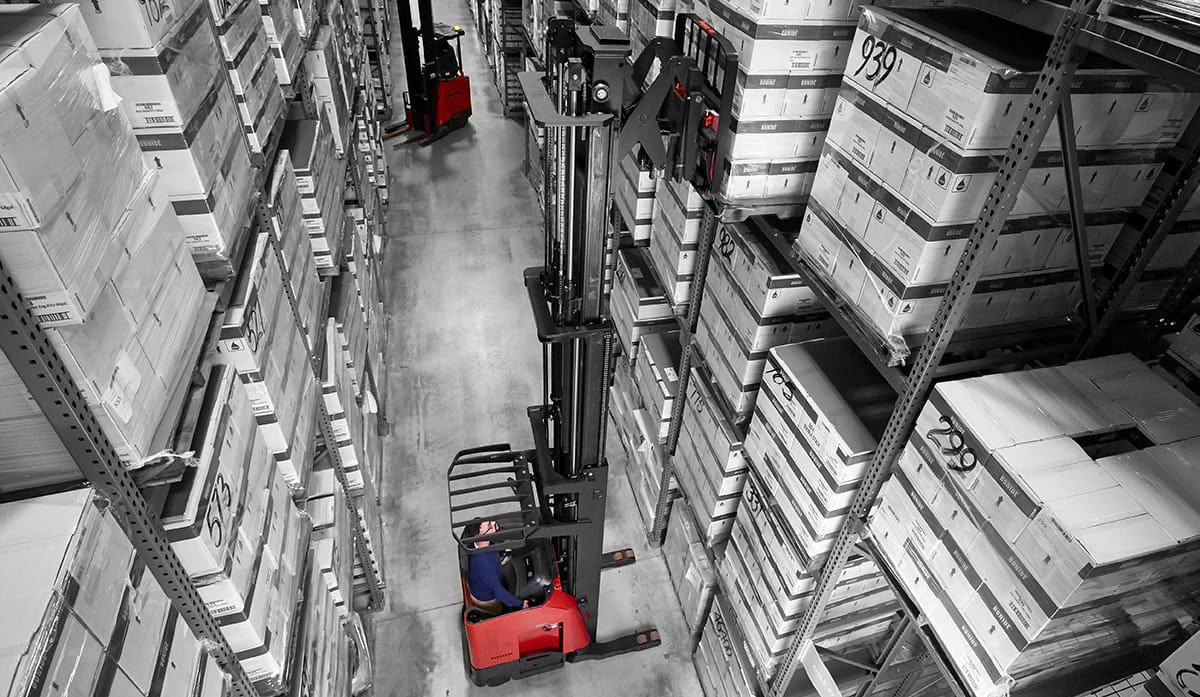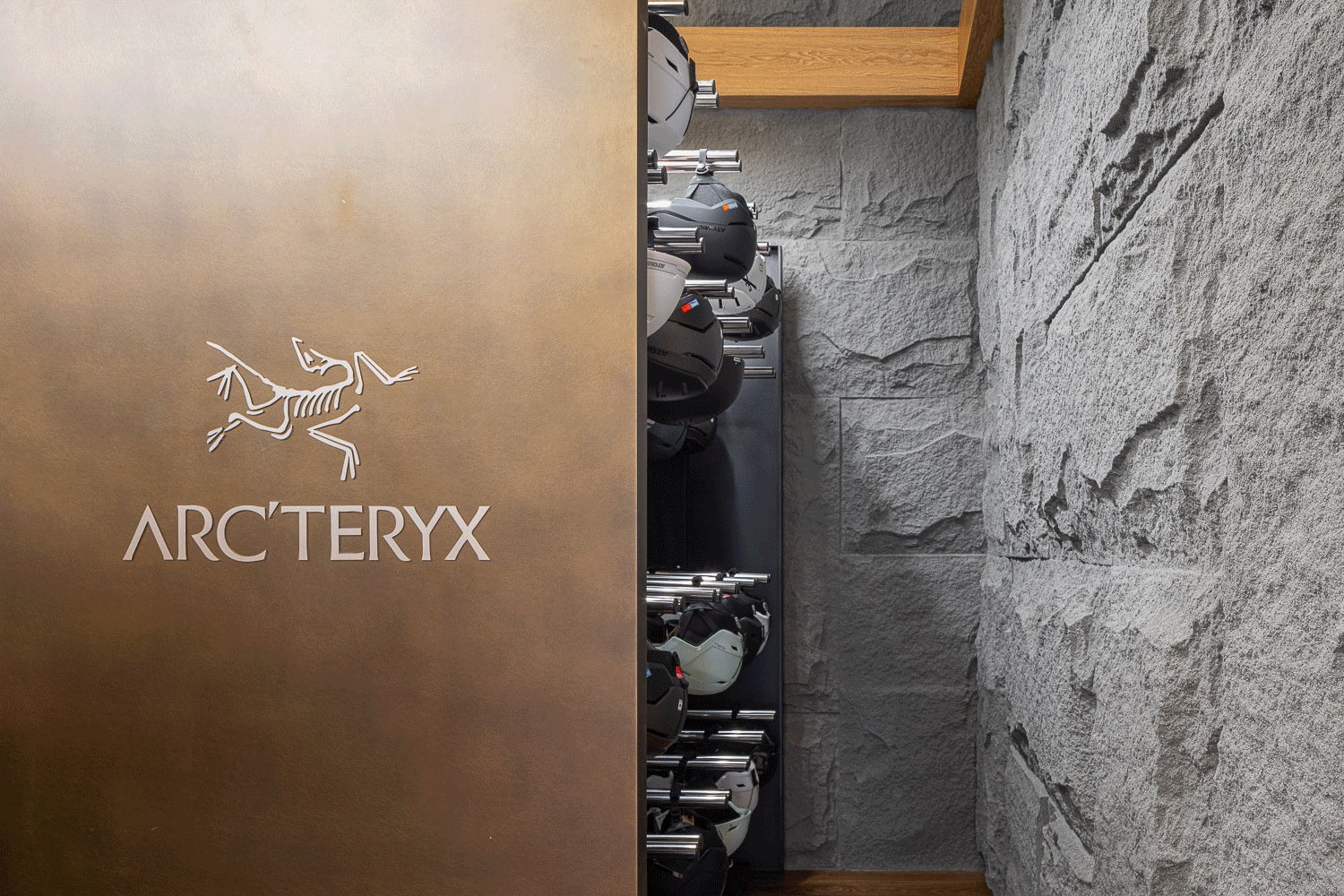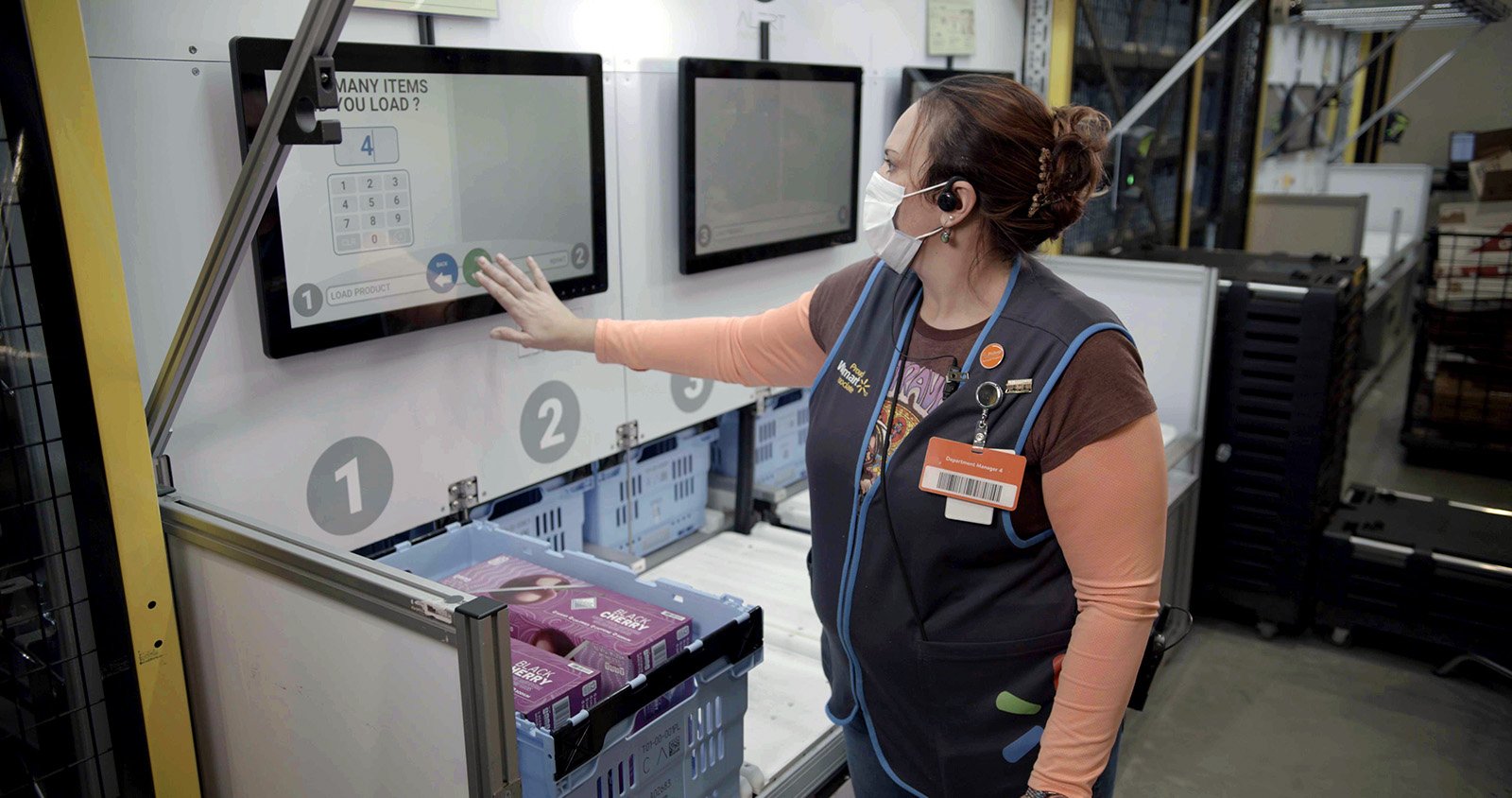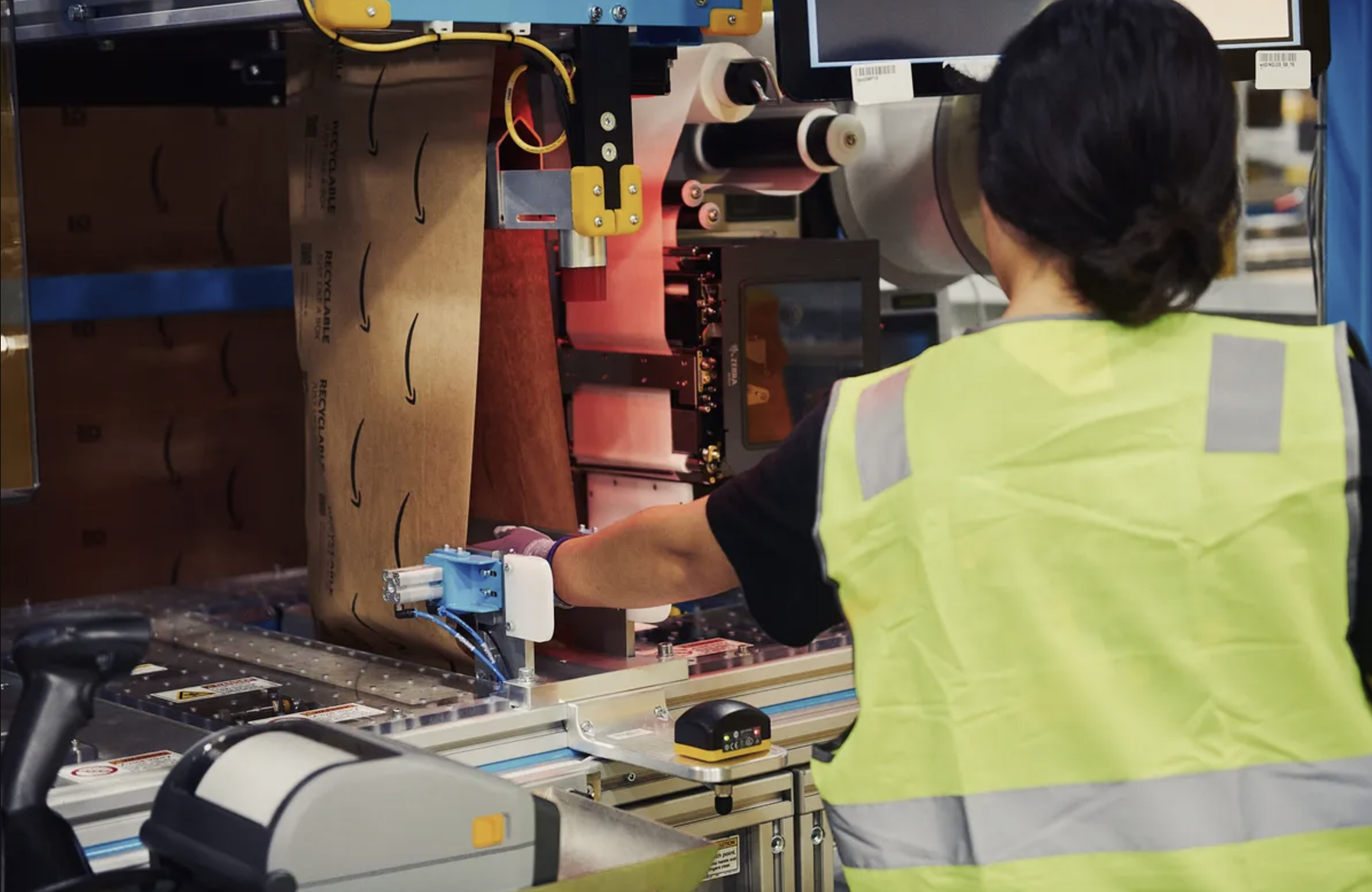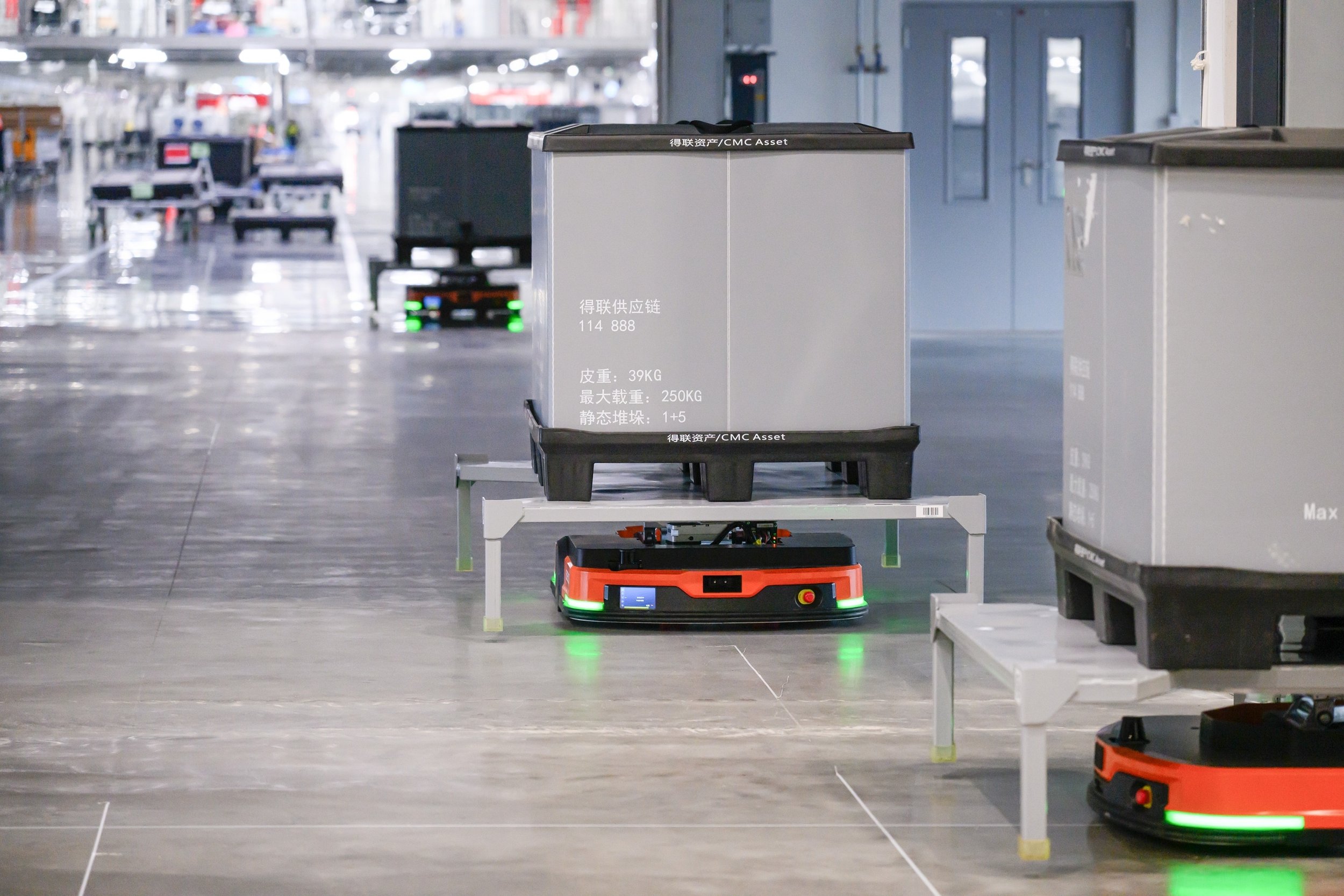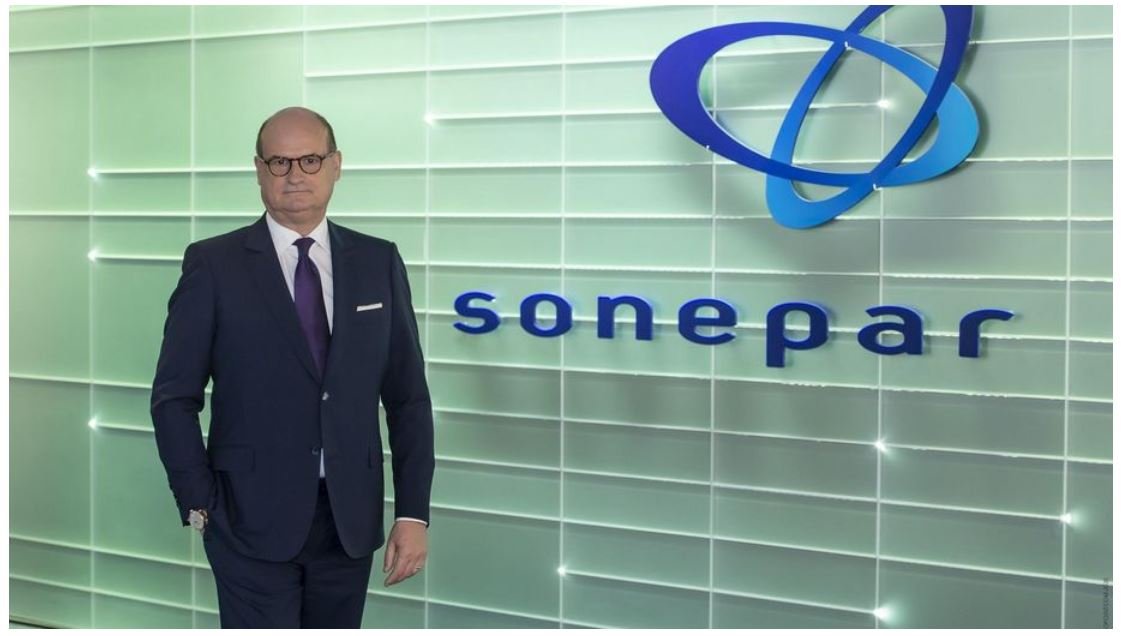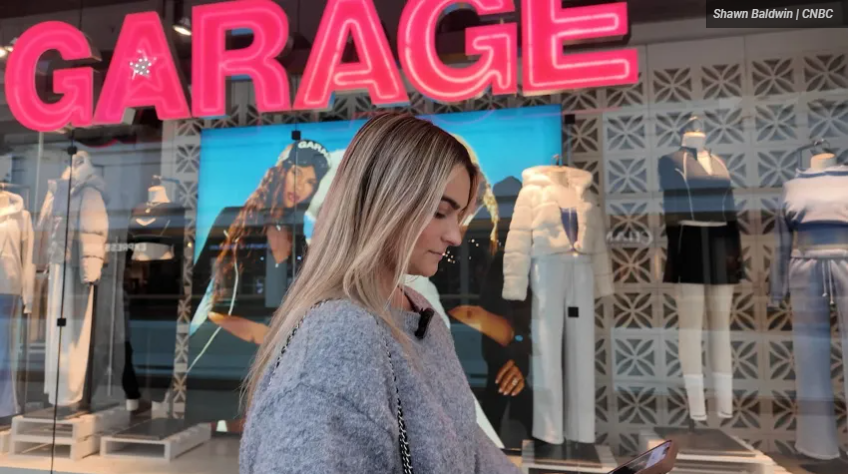A Starbucks Run by 100 Robots: You Won't Believe Your Eyes!
Naver's futuristic office opens as test bed for coworking with robots. South Korean tech group sees facility as experimental lab for B-to-B services.
NAVER 1784 is the world’s largest robotics testbed. The Starbucks on the second floor of 1784 is the world’s most unique Starbucks, with more than 100 service robots called “Rookie” delivering Starbucks drinks to meeting rooms and private seats, and various experiments with a dual-arm robot.
South Korean tech giant Naver's test bed for cutting-edge technology went into full swing this month, with an office tower neighboring its headquarters bringing together employees and an army of robot helpers.
The building, called 1784, launched full operations earlier this month in Pangyo, a tech hub close to Seoul. Standing 28 floors high, it sports a silver exterior in contrast with Naver's home office tower, which is tinged in the company's trademark green.
Boxy delivery robots standing 110 cm tall crisscross the lobbies and hallways of the 1784 building.
Numbering about 100 in all, the robots might pick up a coffee at a Starbucks on the second floor, or a light meal at the fifth-floor cafeteria. They also scoop up packages and documents. The machines use dedicated miniature elevators to make deliveries to staff who placed orders through smartphones.
The robots, which are managed remotely by a data center that uses 3D maps of the building, exchange location and action commands with the servers via 5G signals. They travel at speeds of 1 meter per second, and are equipped with cameras and sensors to prevent collisions.
Naver spent about 500 billion won ($380 million) to build 1784, whose name comes from the year the first industrial revolution began. The company has positioned the building, with a capacity for 7,000 people, as a test bed for cutting-edge technology.
"Mechanisms that move a large number of robots efficiently through a large space are the core technology," said Seok Sang-ok, CEO of Naver Labs, the group company that developed the robots. "We'll sell these systems externally," he added.
Naver plans to put the ARC robotic system on the market next year, expecting demand from hospitals, airports and distribution centers. The machines can deliver food and medicine to patients at hospitals. They can also operate automated shuttle buses at airports, and perform accident-risk checks at fulfillment centers and construction sites.
The new office building also contains an in-house clinic spanning roughly 1,000 square meters. It offers care in five treatment areas; a company's programmers can visit the clinic to treat back pain, for example.
The clinic will also perform test runs of new services, such as medical interviews and health checks that run on artificial intelligence.
"We'll use [the hospital] as a test bed for AI health care technology," said Naver CEO Choi Soo-yeon.
Naver also anticipates developing a video telehealth system in the future. With the use of tech in medical applications considered to be at its infancy, the company sees its robots and AI playing major roles in the modernization of the health care industry worldwide.
The tech group is cultivating its business-to-business operations due to concerns about slowing growth of its internet service segment.
Naver started out by providing a popular search engine, then branched out into a wide variety of offerings, including online shopping and payment services. But with South Korea being home to just 52 million people, there is not much room for growth.
The company is highly dependent on internal demand. Of the 6.81 trillion won in revenue reported last year, 84% was generated by search ads, digital shopping and fintech -- all primarily domestic operations.
The contents segment, which generates earnings overseas, accounted for 10% of revenue, while the B-to-B cloud business generated the rest, at 6%.
Line, the subsidiary that handled overseas expansion, was reclassified as an equity-method affiliate in 2020 after its merger with Japan's Z Holdings. Naver has zeroed in on B-to-B services, powered by its trove of data centers and AI tech, as the next growth center.
Compared to search engines and other consumer-oriented services, B-to-B services are less constrained by language barriers, opening the door to attracting clients across borders.
"We'll collaborate with partners in a variety of business areas to create global businesses," said Choi.




